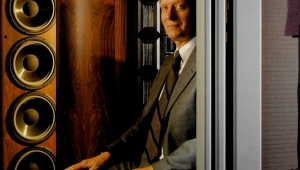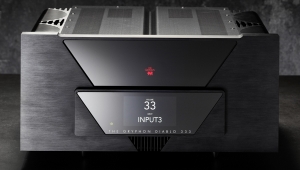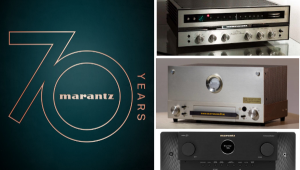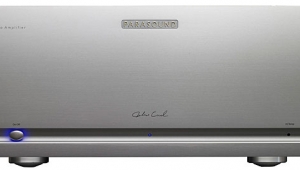| Columns Retired Columns & Blogs |
Michael has since retired, and NP amps are no longer produced.
The SA amplifiers are NOT hard to fix at all.
New production Vishay TO-247-sized mosfets look different but can be mounted on SA12/SA100 chassis and work marvelously well.
Die hard vintage folks can source original mosfets from Chipsgate but it's too much hassle matching them.
The new ones are only $3 a piece unlike the expensive Exicons.
Too much urban myth on these units being not repairable.





































